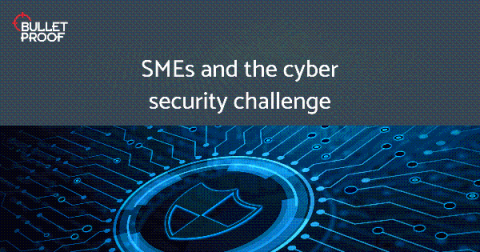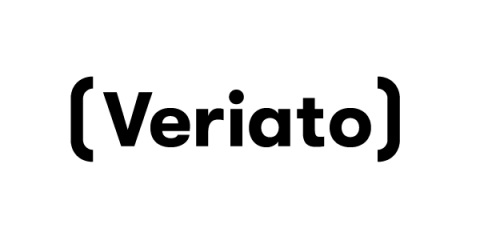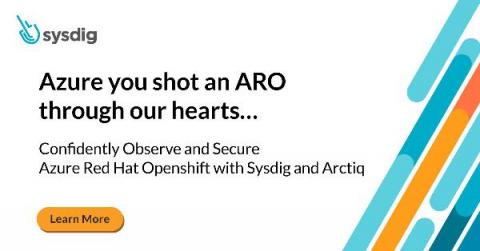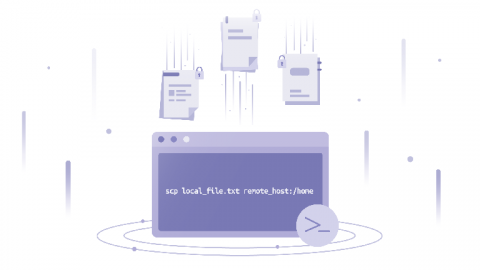Prevent and Detect Threats Across Multi-Cloud Environments
The cloud has become ubiquitous in all we do, and the line between the perimeter and the cloud continues to shrink as most enterprise organizations are looking to shift their cloud strategy to a multi-cloud approach. Moving to the cloud comes with plenty of benefits like performance optimization, improved reliability and overall cost savings, but cloud adoption is not without its risks and challenges.










